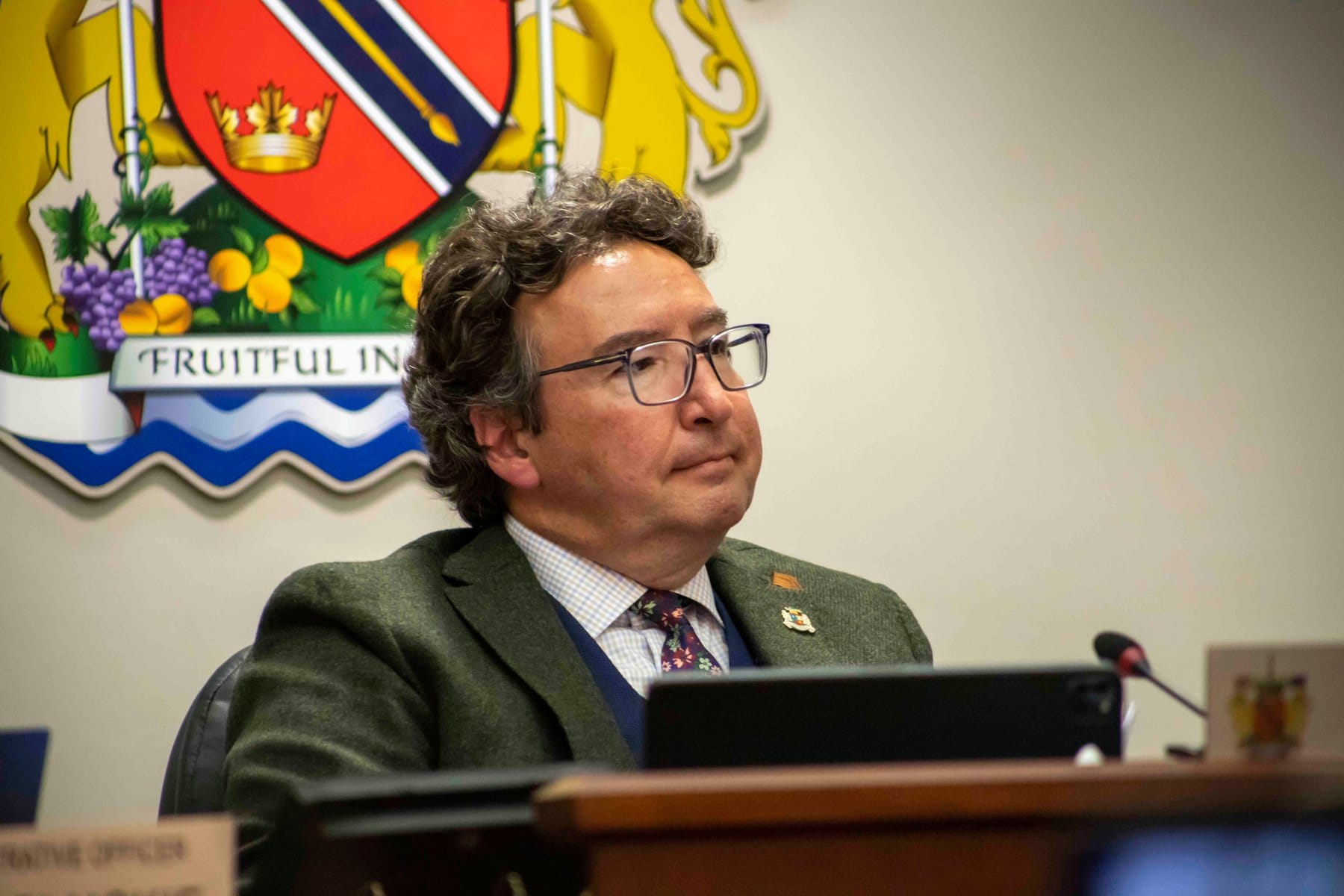An agreement between Conservation Ontario and the group representing municipalities along the Great Lakes will help in the fight against climate change – and, preserve the economic health of municipalities and residents’ well-being, Gary Zalepa says.
The Niagara-on-the-Lake lord mayor is the town’s representative on the Great Lakes and St. Lawrence Cities Initiative Mayor’s Commission on Coastal Resilience.
The group has entered into a memorandum of collaboration with the provincial conservation agency.
The agreement was signed at last month’s Rural Ontario Municipal Association conference in Toronto, held Jan. 21 to 23.
The two groups will work together to help cities and towns prepare for increasing risks from flooding, erosion and severe storms along the Great Lakes and St. Lawrence River Basin.
“Shoreline erosion and issues around that all could be massive risks,” Zalepa said in an interview with The Lake Report.
The Great Lakes group is currently working on a list of priorities. Zalepa said he’ll be attending a meeting of the Ontario region group within the initiative to learn more.
“They’ve got a list of things they’ve been working on,” Zalepa said.
Locally, concerns about flooding and shoreline erosion have been mounting for years.
The Lake Report has reported extensively on instances of flooding as far back as 2019, when it produced a special edition and an accompanying documentary “Falling Into The Lake,” which investigated the shoreline erosion at Niagara Shores Park.
Additionally, Parks Canada has undertaken work to extend the breakwall to protect the shoreline along the Niagara River at Fort Mississauga and the Niagara-on-the-Lake Golf Club.
Locally, the Niagara Peninsula Conservation Authority will work with Niagara officials on implementing strategies, communications, fundraising and bridging gaps in science.
Currently, the conservation authority plays a role in shoreline management within its jurisdiction between Lake Ontario and Lake Erie.
Conservation authority board chair and Lincoln regional councillor Rob Foster welcomed the partnership.
“Having a collaboration like this in this day and age is a good thing,” he said. “We’re working in the same general direction, combining resources and moving forward.”
The conservation authority can bring a lot to the table for the partnership. It is in a unique situation among conservation authorities in the province.
“We look after the shorelines of two Great Lakes,” he said. “The NPCA is already doing a lot of work surrounding flooding (and) shoreline erosion.”
Like Niagara-on-the-Lake, Foster’s home municipality of Lincoln is facing shoreline erosion along Lake Ontario and he said that the conservation authority is doing what it can to stem the tide.
“The NPCA is involved in a number of projects and trying to mitigate this as best we can,” he said.
In a news release announcing the partnership, the conservation authority said it’s in the process of updating its hazard management plan.
This will serve as a guide to best protect people and infrastructure along the shorelines of both lakes and contribute to “the enhancement of the diverse coastal communities and ecosystems that are vulnerable to the impacts of climate change.”
Foster elaborated on that: “We want to make sure we preserve a shoreline where people can go and make use of it for years to come.”










